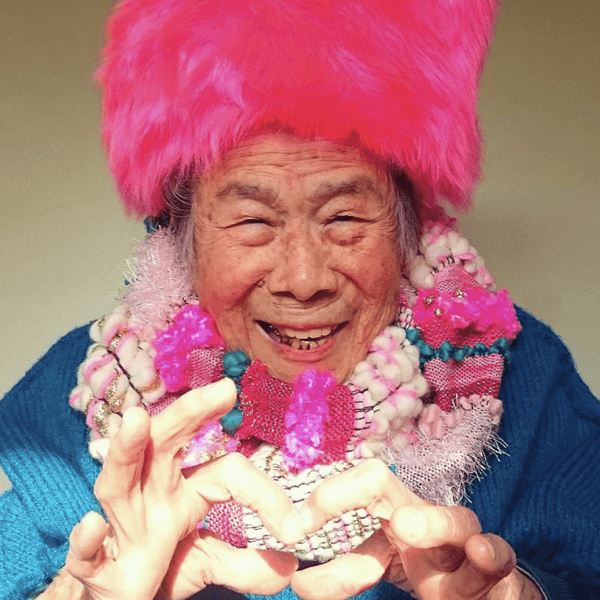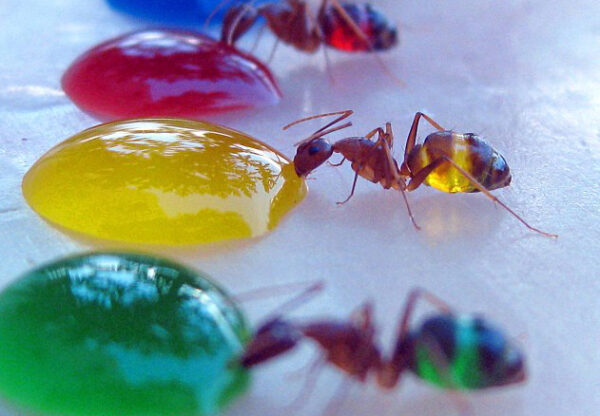By now you’ve probably seen this adorable video of a little girl who tries to be mad but just can’t fight the joy of her squeaky shoes. Each time she stamps her feet down in anger, a funny little squeak comes out, and eventually her frustration dissipates into spinning and jumping and laughter. Why be withdrawn and angry when there’s something as wonderful as squeaky shoes to be excited about?
The video is cute, for sure, but it’s also a reminder that how intense our emotions get and how long they last is often determined by things around us. Violence increases with heat waves, for example, and recent research suggests bright light intensifies our feelings, whether positive or negative. We tend to think our emotions are ours alone, but in reality there are lots of ways the environment can amplify or short-circuit a feeling. In this video, the shoes are so effective because the movements used to express anger (foot-stamping) automatically trigger a joyful response (squeaking). It made me think that there must be other ways we could design automatic responses to negative emotions that lessen their severity and move people towards joy.
For example, car horns have sounds that range from unpleasant squawks to ear-piercing blasts. Effective in an emergency, yes, but in the much more common scenario of frustrated drivers stuck in traffic, it just serves to amplify the road rage of the horn blower and everyone around them. What if a car horn played a warning tone on the first blow, but repeated honking played music or random animal noises or sweet, chiming bell sounds? What if the noises from all the cars came together to ease the tension instead of ratcheting it up?
Apple actually thought about this when it designed the startup sound for the Mac. You may remember the old startup sound, which was a tinny, jangly chord. A designer at Apple, Jim Reekes was also a musician. He believed that the sound was not just unpleasant, but problematic, because the machines crashed so much that people were hearing the sound over and over again, increasing their frustration with the machines. So he composed a new sound, meant to sound like a gong or the meditative chant “omm.” He sneaked it into the prototype of the new machine and the rest is history. (You can hear the full story and hear the sounds on “The Sizzle,” an episode of 99% Invisible all about the fascinating world of sound design.)
I don’t know if the car horn idea is really practical, but what I’m suggesting is that there might be ways to design stimuli into common products and places that take the heat out of tough situations. Just like the little girl with her squeaky shoes, maybe there are ways to infuse joy into angry moments, help us take ourselves less seriously, and shorten the lifespan of painful emotions.





Discussion (1 Comment)
This reminds me of the technique of . . . making it worse, whatever the thing is, until it just gets ridiculous and you end up laughing at your fears. So much of what we fear or what makes us angry is ephemeral, not tied in any secure way to the present or the future, but really tied to the imagination. So, some of what makes us fearful or angry is necessary to our creativity. If we were perfectly brave or perfectly calm, we would never have any struggle that makes up so much of beauty and art.